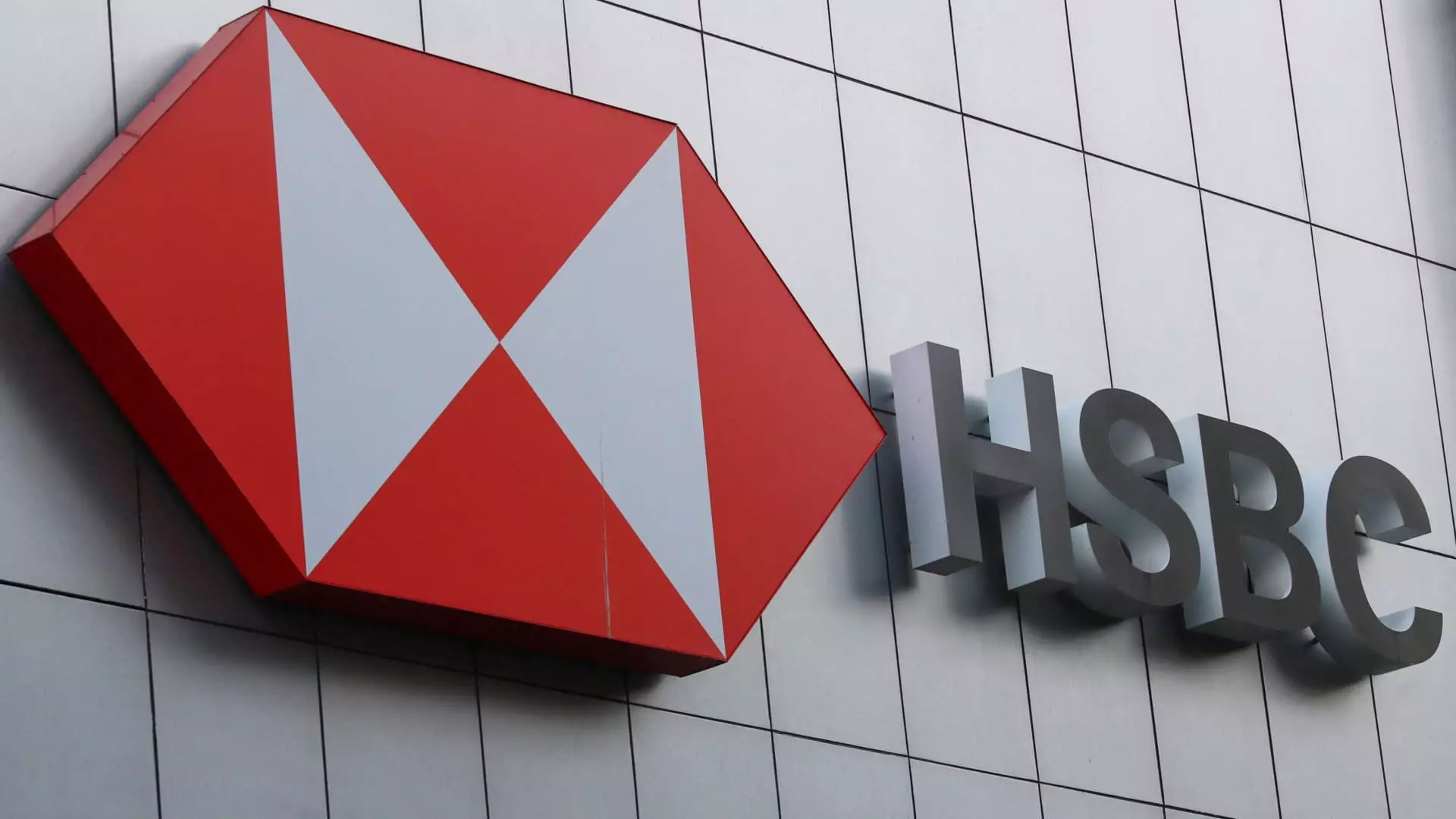In a climate of fluctuating economic conditions, HSBC Holdings, Europe’s foremost banking institution, has tentatively positioned itself for future growth while delivering a mixed bag of financial results. On Wednesday, HSBC revealed its decision to initiate a share buyback program valued at $2 billion, coinciding with an annual pre-tax profit uptick of 6.5%. This uptick was largely fueled by its strategic divestment of the Canadian banking segment, illustrating how the bank is leaning towards optimizing its operations while returning value to shareholders. Despite this seemingly positive announcement, there was a decline in overall revenue, which fell to $65.85 billion from $66.1 billion in 2023.
Despite eclipsing internal profit expectations, the reported pre-tax profits of $32.31 billion fell short of the LSEG mean estimate of $32.63 billion, demonstrating that meeting market predictions remains a challenge. The bank’s robust performance in the last quarter, where profits nearly doubled to $2.3 billion in stark contrast to the $3 billion charge that dampened the previous year’s performance, underlines volatility in financial forecasting and operational realities. These mixed results highlight the importance of juxtaposing core deliverables against market expectations and shareholder anticipations.
In a strategic maneuver directed by newly appointed CEO Georges Elhedery, HSBC is forecasting substantial annualized cost reductions amounting to $1.5 billion by the close of 2026. This plan is crucial for enhancing operational efficiency and reflects a broader trend of financial institutions finessing their cost structures in anticipation of economic pressures. Furthermore, the bank projects a dip in net interest income to $42 billion in 2025, down from $43.7 billion in 2024, a forecast that could influence investor sentiment as it suggests challenges in generating revenue from traditional banking operations.
HSBC’s aim to optimize costs is further exemplified by its recent decision to lay off approximately 40 investment bankers in Hong Kong, targeting sectors such as M&A, consumer services, and real estate. This institutional foray into cost-slashing illustrates the bank’s decisive efforts in tree trimming to enhance profitability against a backdrop of shifting market dynamics. Additionally, with a careful reorganization that breaks the bank into distinct operational units, HSBC aspires to create a streamlined hierarchy that promotes agility and focus on performance.
Despite these multifaceted adjustments and forward-looking initiatives, market reactions were lukewarm. Following the announcement of the earnings report, HSBC’s Hong Kong-listed shares saw a marginal decline of 0.29%. Such tepid market responses often signify investor skepticism amidst evolving corporate strategies and highlight the need for HSBC to effectively communicate its roadmap and justify its ongoing restructuring efforts.
In his statement, CEO Elhedery expressed ambitions to cultivate a “simple, more agile, focused bank,” emphasizing the importance of aligning operational structure with strategic goals. Central to this reconfiguration are four clearly delineated business segments, aimed at enhancing performance relevance in diverse geographical landscapes. This strategy not only positions HSBC to navigate the complexities of global banking services but also underlines the necessity for adaptability to thrive amid continuous market evolution.
While HSBC’s recent financial outcomes reflect both opportunities and challenges, the bank’s proactive pivot towards cost efficiency and operational focus signifies a strategic mindset geared towards long-term sustainability amidst fluctuating financial landscapes.

